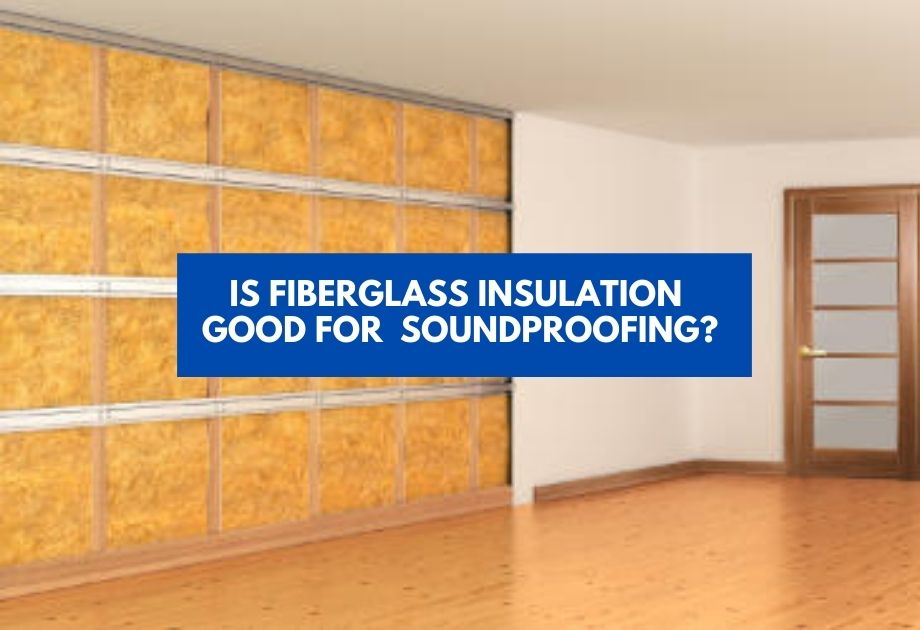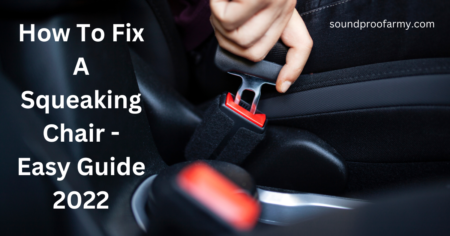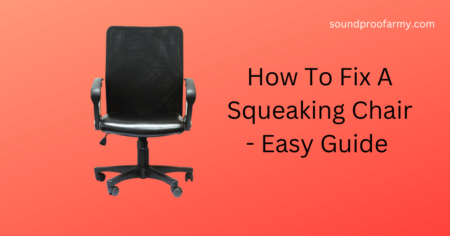In this coronavirus pandemic, we all work from home and attend our important meetings from home. What do we need? We need a very quiet environment for doing these activities.
In another scenario, if we are sleeping or doing some important stuff. It’s unbearable to listen to the sounds of your neighbors, traffic noise, and kids playing outside of your home.
We need silence when we are sleeping. The noise coming from the outside is very annoying.
In this situation, the question comes into our mind: should we avoid these noises coming from outside? And we searched for how to soundproof a room from outside noise.
In this article, we are going to show you different ways how you will soundproof a room from outside noises. So you will enjoy your good time at home.
Table of Contents
Ways on how to soundproof a room from outside noise?
You should have to soundproof a room from outside noise if you are living close to your neighbors.
There is no need for sound insulation in apartments and houses that are not near any source of exterior noise, but it may be needed when we live near busy streets with heavy traffic or other noisy surroundings.
You can use the following ways:
Soundproof The Door
There are many ways to soundproof a door.
Hollow doors do not block a lot of noise because they do not have a solid material on the inside. If your door is hollow, consider adding soundproofing to the inside. And if even that doesn’t work, you should replace it with a solid one.
This method is expensive and may need a professional to do the job.
However, we recommend that you start with the less expensive options like sound panels or sealants.
One way is to use sealant on the bottom of the door and coat it around any cracks. Even tiny gaps allow a lot of noise to enter your room, so you should seal them properly.
It ensures no air gaps where sound can escape from tiny bubbles of air trapped in these fissures and released when the door opens and closes. As well, be sure to seal as close as possible around the frame.
You can also use soundproof blankets on both sides of the door and seal them with duct tape or another alternative like strips of fabric or Velcro. However, you will have to trade off the aesthetic appeal of the room.
If you want to take this up a notch, you can incorporate something called a ‘door sweep’. The door sweep is a little flap of rubber that attaches to the bottom of your door and extends about six inches.
Alternatively, you can use the weather strips to do the same job. Weatherstrips are rubber or silicone strips that fit alongside the door frame to seal gaps that can provide up to 27db of noise reduction in some cases.
If your weatherstrip doesn’t plug up the gap ideally, consider adding a dash of white glue around the edges when installing.
Soundproof the window
Soundproofing a room is going to involve soundproof window treatments. For example, if you have windows on the street side of your home or in any other noisy areas, they will need special treatment.
One thing to do is add insulation panels under these windows; this may also include adding an extra layer of glass for noise deadening (one with thick spacer bars). Install grilles over outside vents and doorways, which allow sounds from inside to escape out into the hallway while keeping sounds from entering through them as well.
Another solution would be getting blackout curtains explicitly made for soundproofing purposes (they block all light) and installing heavy-duty security screen doors. Hence, there’s no way anyone can hear what’s happening.
Prefer a thick and heavy material for soundproofing curtains. Curtains have another benefit as they will also block the light.
In addition, you can seal all air leaks and gaps around a window. Apply a sealant like silicone over the cracks on the window frame.
We can use Waterproof caulk to seal gaps between windows.
It is especially effective for windows facing a noisy garage as it will block the sound coming from outside your home.
Like the doors, you can also use the weather strips to seal the gaps around the frame.
Soundproof the floor
If you are disappointed with your soundproofing efforts on the walls and windows, try to soundproof the floor. More often than not, the noise downstairs neighbor is the ones who are making the most noise.
The sound from your neighbor’s TV or music will travel up through channels on the floor and come into your room, so you should try to reduce this by using materials that can combat it.
For example – put some padding under desks (like carpets), hang curtains at doors, add extra insulation beneath floors, tire down rugs outside bedroom windows that face street noise sources such as traffic, and so on.
We can also make use of mass-loaded vinyl sheets, which will help absorb sounds coming from outside. Mass-loaded vinyl has an open cell construction that provides excellent acoustical dampening properties without compromising its thinness or flexibility.
These mats can absorb both high and low-frequency noises. Also, they add to the visual appeal of the room.
Soundproof the walls
Sound can travel through a wall or ceiling.
However, it isn’t necessary to insulate your entire house to soundproof it from outside noise; you need specific materials for each problem area.
Foam board insulation is often used as an inexpensive way of absorbing sound and adding some degree of acoustic control over frequencies when installed on walls that share living space with other rooms, such as bedrooms, bathrooms, family areas, and kitchens.
They work best when mounted directly onto studs so they cannot be pulled away, which allows them to soak up more vibration than drywall alone.
Another way is to tear the wall and install sound-blocking material inside it.
Thin walls are usually the reason for sound to travel through, so the material inside of them must be thick enough.
Adding weight to the wall will absorb a significant amount of noise and help provide a more comfortable environment for you and your neighbors.
You can use the dry walls for this purpose. Drywall is relatively thin, so it will only work for small soundproofing jobs in adjacent rooms.
If you want a more permanent solution that requires less maintenance, acoustic plaster might be the best option because of its long-lasting properties.
It’s thick with two layers on each side combined with a medium-density fiberboard (MDF) sandwiched between them, which provides excellent insulation against unwanted noise from outside sources such as traffic and loud footsteps or appliances.
Adding more furniture inside the room can also help to increase the soundproofing. Or it would be best if you will move the furniture near the walls.
This method is not as effective as the other, and yet you will feel a noticeable difference.
Ceiling acoustic treatment for soundproofing a room
You can create the best environment for yourself that is not so noisy and annoying with ceiling-mounted panels fixed on your roof.
Another way is to use drop ceilings. These are suspended ceilings that hang from the walls. They offer a space for insulation and soundproofing, which reduce noise coming from outside your home.
Soundproof the air vents
The HVAC system can also leak sound into your room.
You can soundproof your vents by replacing the metal ducts with more sound-absorbing, such as fiberglass or acoustic foam.
Sound waves travel in a linear path. If you introduce bends and twist in the vents, a sound maze technique, the noise entering and escaping the room would be significantly reduced without compromising the airflow.
Or you can seal the air vents and block them entirely.
Video Credit: How to make my house
Final thoughts On how to soundproof a room outside noise
There are several things you can do to keep your home more soundproof. If you’ve already done some research, it seems like the most effective and affordable way is insulation.
But other options include installing door seals or replacing windows for those who have an older building with single pane glass. And don’t forget about air vents! You may be able to install new ones if you have enough space in your walls and ceilings.
Finally, consider how floors impact noise levels–they’re often overlooked because they seem less critical than doors or windows when we think about what’s going on outside our homes.
Still, they contribute significantly to sound transmission indoors from inside the house and outdoors into the rooms upstairs or downstairs.

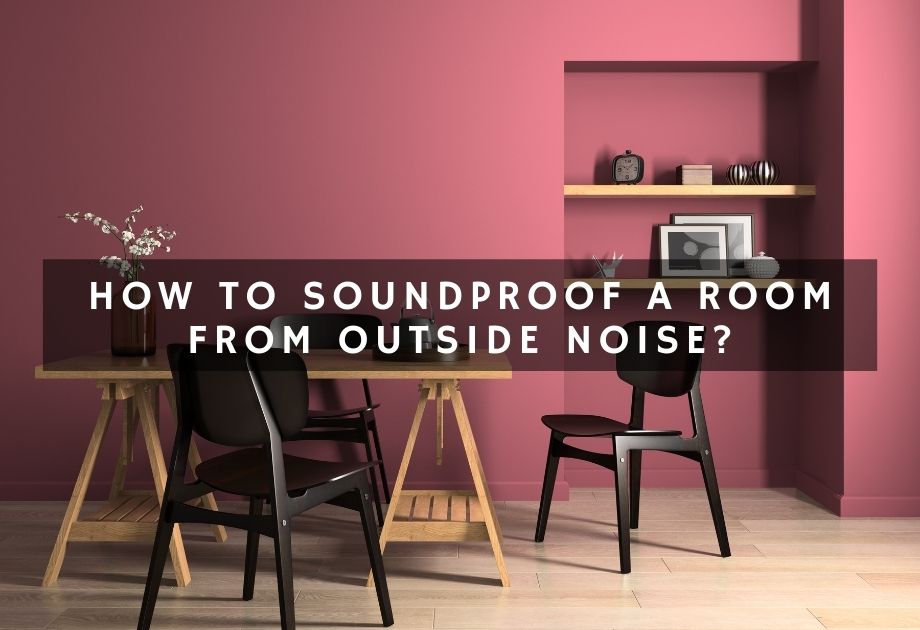


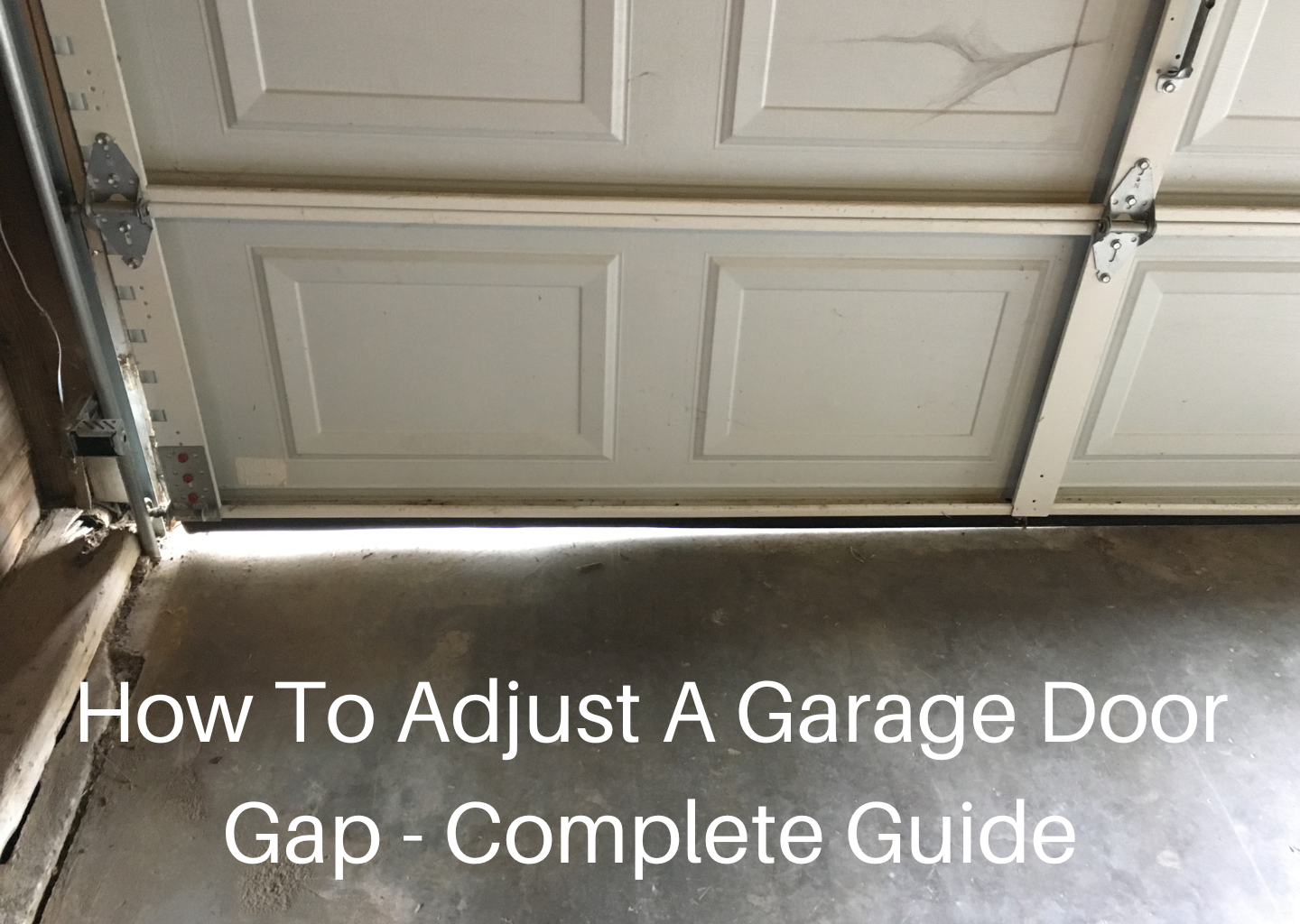
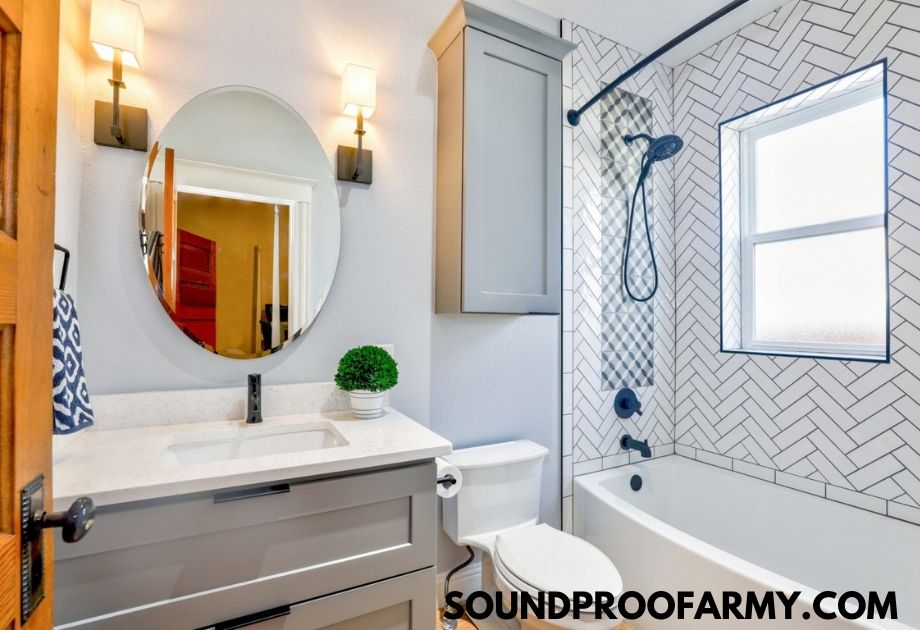
![How To Soundproof A Basement Ceiling Cheaply [9 Ways]](https://soundproofarmy.com/wp-content/uploads/2021/06/cheapest-ways-to-soundproof-basement-ceiling-Simple-DIY-Hacks.jpg)
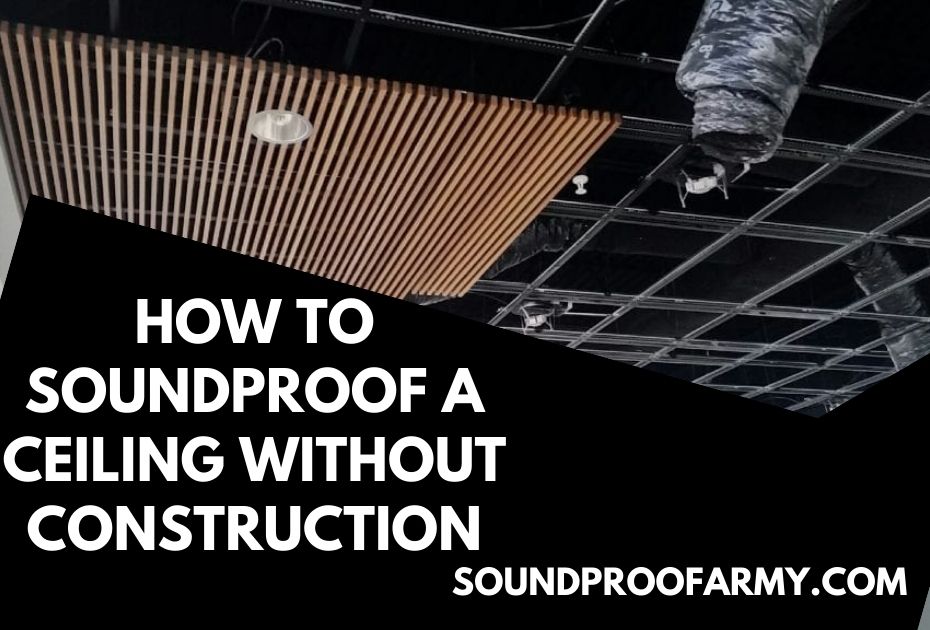
![How to Soundproof a Door with Household Items [14 Effective Ways]](https://soundproofarmy.com/wp-content/uploads/2021/07/How-to-Soundproof-a-Door-with-Household-Items.jpg)

